20 Unbelievable Coincidences in History That Actually Happened
In an age where algorithms predict our shopping habits and AI anticipates our next move, genuine coincidences seem increasingly rare. Yet history is filled with moments so perfectly aligned, so impossibly convenient, that they’d be dismissed as too far-fetched for fiction.
Let’s explore some of history’s most jaw-dropping coincidences that prove that sometimes reality is stranger than fiction. These aren’t urban legends or internet myths – they’re documented events that remind us how wonderfully weird our world can be.
The Lincoln-Kennedy Parallels
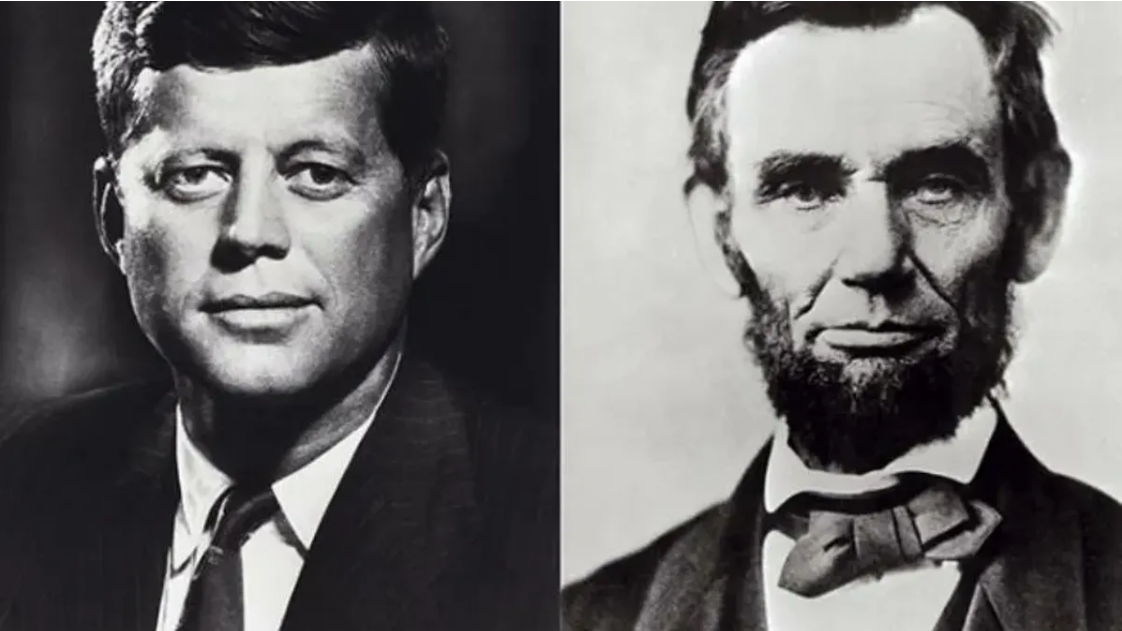
If you think your déjà vu moments are strange, consider this: Lincoln and Kennedy were elected to Congress in ’46, became president in ’60, and were both shot on a Friday by men who would be killed before their trials. Both had successors named Johnson, born in ’08. The list goes on, leading generations of history teachers to wonder if the universe has a very specific sense of humor about presidential coincidences.
The parallels run even deeper. Both presidents were deeply involved in civil rights issues of their time—Lincoln emancipated the slaves while Kennedy pushed for civil rights legislation. Their assassins, John Wilkes Booth and Lee Harvey Oswald, both used three names and had 15 letters in their full names. Even their secretaries were connected—Lincoln’s secretary was named Kennedy, and Kennedy’s secretary was named Lincoln. Both presidents were shot in the presence of their wives, and both were shot in the head.
Mark Twain and Halley’s Comet
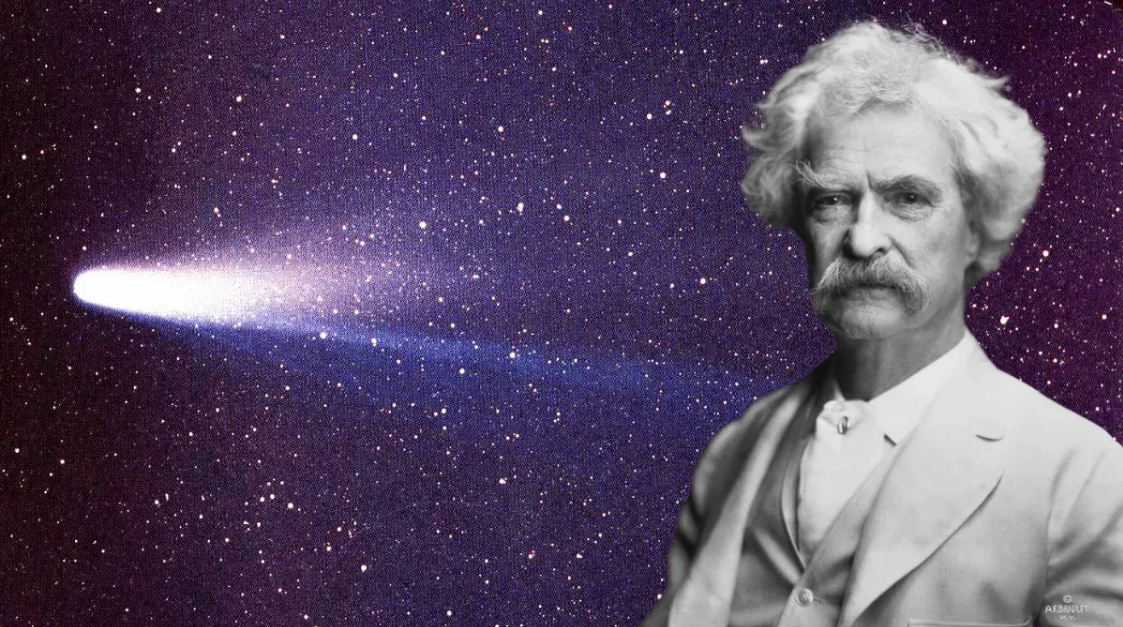
Born during the comet’s 1835 appearance, Mark Twain predicted he’d “go out with it” when it returned. He died in 1910, the day after the comet’s next appearance. Talk about timing your exit—it’s like having a cosmic booking agent managing your life’s schedule.
Twain’s actual quote about this cosmic coincidence was even more remarkable. In 1909, he said, “I came in with Halley’s Comet in 1835. It is coming again next year, and I expect to go out with it. It will be the greatest disappointment of my life if I don’t go out with Halley’s Comet.”
The comet’s orbit brings it past Earth every 76 years, making this timing all the more extraordinary. Halley’s Comet was at its brightest in April 1910, and Twain passed away on April 21, 1910.
Like Go2Tutors’s content? Follow us on MSN.
The Brothers Grimm Highway
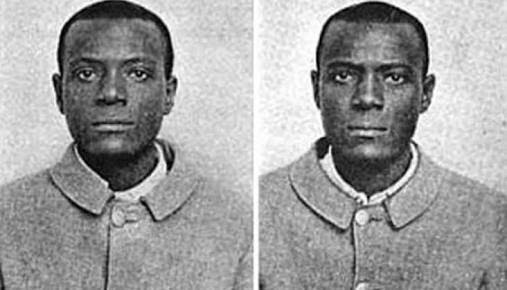
In 1975, a man was struck by a taxi in Bermuda while riding his moped. A year later, his brother, riding the same moped, was struck by the same taxi with the same passenger on the same street. Some family traditions are better left unshared, especially when they involve cosmic traffic accidents.
The brothers, Erskine Lawrence Ebbin and Neville Ebbin, were both 17 when their accidents occurred. Both were riding the same black moped, both were hit by the same taxi driver carrying the same passenger, and both were taking the same person to the same destination when the accidents occurred. The taxi driver, who witnessed both accidents, could hardly believe the identical circumstances.
Local newspapers documented both incidents, making this one of the most well-verified coincidences in modern history.
The First and Last Soldiers
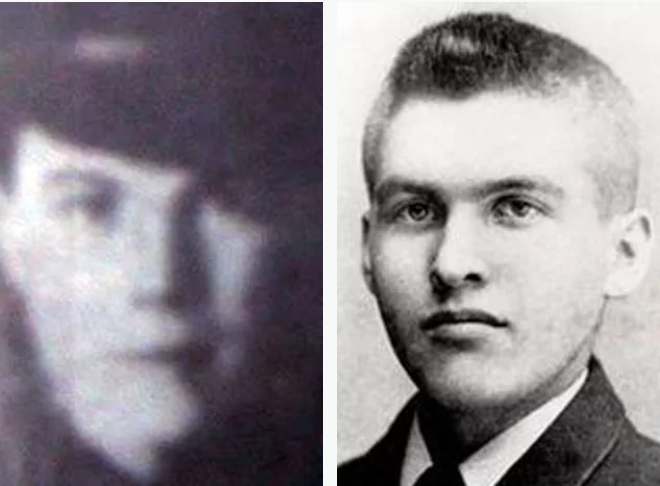
The first and last British soldiers killed in WWI are buried six feet apart in the same cemetery in Belgium. Private John Parr died in 1914, while George Ellison fell in 1918. They rest together, their graves a perfect bookend to a tragic chapter of history.
Private Parr was just 17 when he died on August 21, 1914, likely killed while on a reconnaissance bike patrol. George Ellison survived four years of brutal warfare only to fall on November 11, 1918, just 90 minutes before the armistice was signed. They’re buried in Saint Symphorien Military Cemetery, their graves facing each other across a small plot of land.
Neither man could have known they would become such powerful symbols of the war’s tragic symmetry.
The Three Strangers on a Train
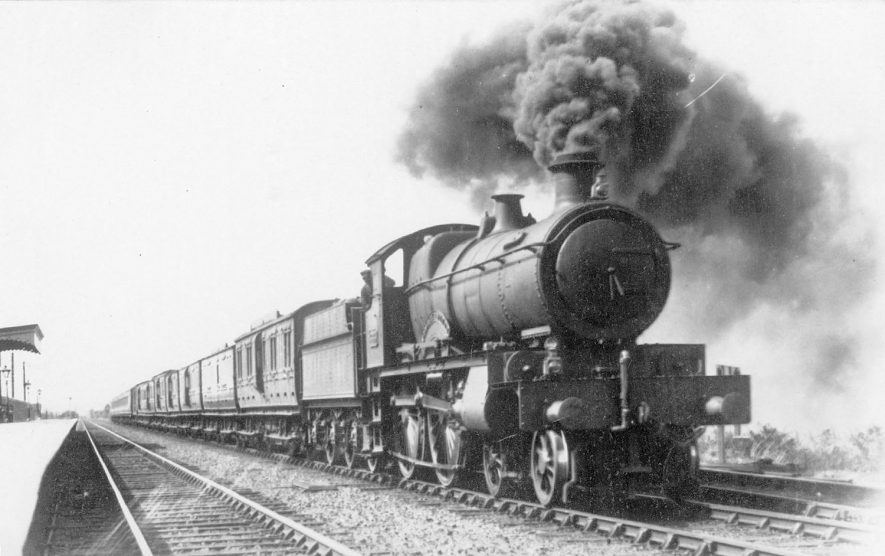
In 1920, three Englishmen met in a train carriage in Peru. Upon introduction, they discovered they were Mr. Bingham, Mr. Powell, and Mr. Bingham-Powell. Sometimes, the universe just wants to see if we’re paying attention to its sense of humor.
The men were strangers traveling through the Peruvian countryside on business. None had any prior knowledge of the other’s existence. The odds of three people with such interconnected surnames meeting randomly on a train in a foreign country are astronomical.
The story was reported in several newspapers of the time, with all three men signing affidavits to verify the unusual encounter.
Like Go2Tutors’s content? Follow us on MSN.
The Ferrari Founder’s Double Save
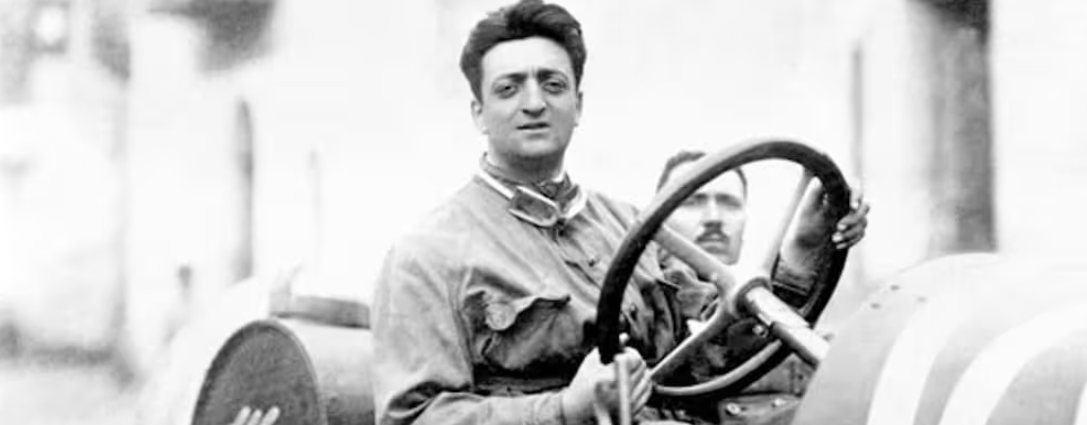
As a child, Enzo Ferrari survived a lethal flu pandemic in 1918. The first doctor to reach him was unable to help because his car wouldn’t start in the cold. A second doctor arrived, driving a conventional carriage, saving young Enzo’s life.
Years later, that same doctor’s son would become Ferrari’s first race car driver. The doctor who saved Ferrari was Dr. Ugo Beratta, and his son, Giovanni, would later become instrumental in Ferrari’s racing success.
The irony of Ferrari being saved because a car wouldn’t start wasn’t lost on him—he would later say this experience influenced his dedication to building reliable engines. The 1918 flu pandemic killed millions worldwide, making Ferrari’s survival even more remarkable.
The Titanic Warning Novel
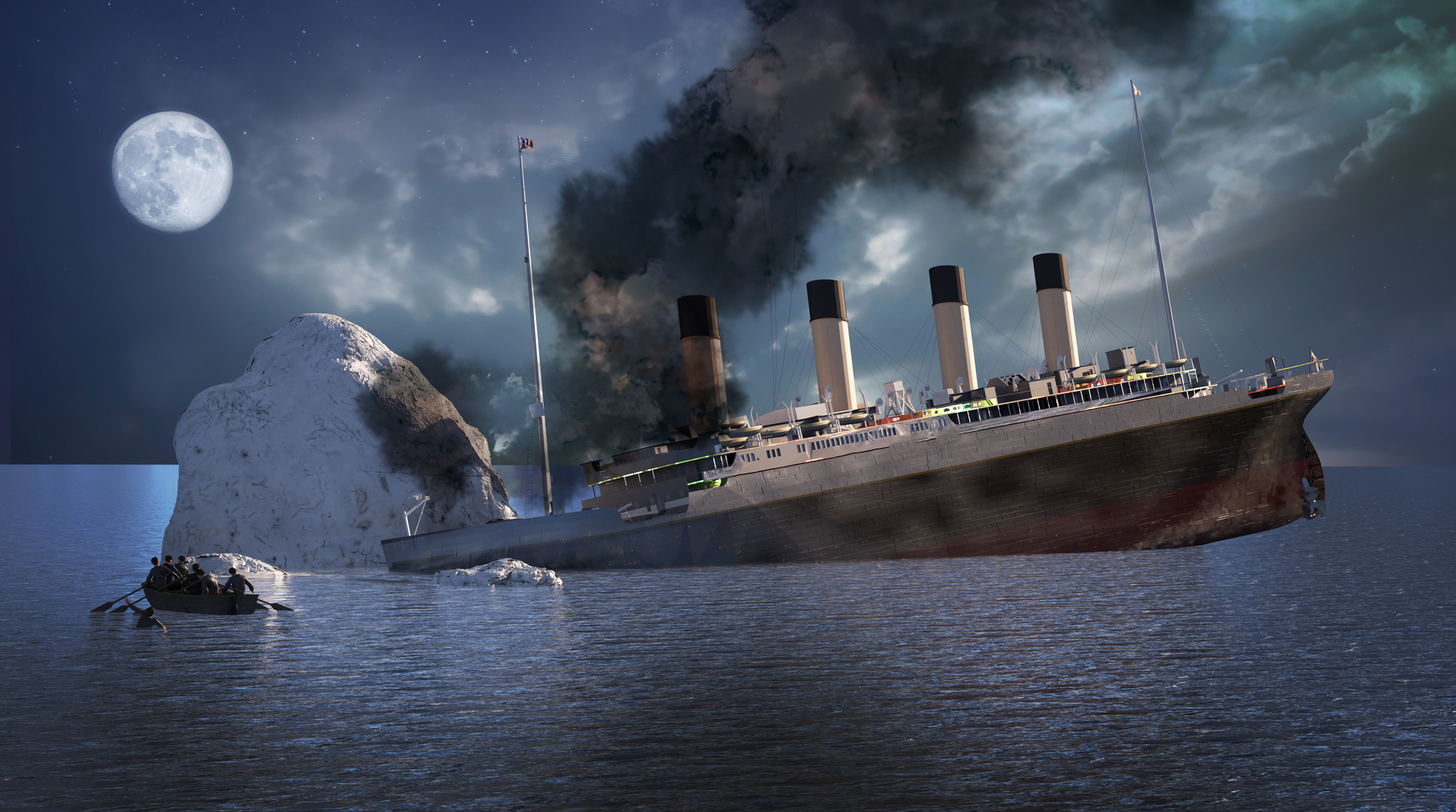
In 1898, Morgan Robertson wrote “Futility,” a novel about an “unsinkable” ship called Titan that struck an iceberg in the North Atlantic. Fourteen years later, the Titanic followed an eerily similar fate. The book even had details like the ship’s size and passenger count.
Robertson’s novel described a ship that was almost the same size as the Titanic (800 feet vs. 882.5 feet). Both ships had triple-screw propellers, both could carry about 3,000 people, and both had too few lifeboats. Both sank in April after hitting an iceberg on the starboard side.
The novel was later renamed “The Wreck of the Titan” after the real disaster. Robertson maintained that the similarities were due to his extensive knowledge of maritime trends rather than any prophetic ability.
Dennis the Menace Double Take
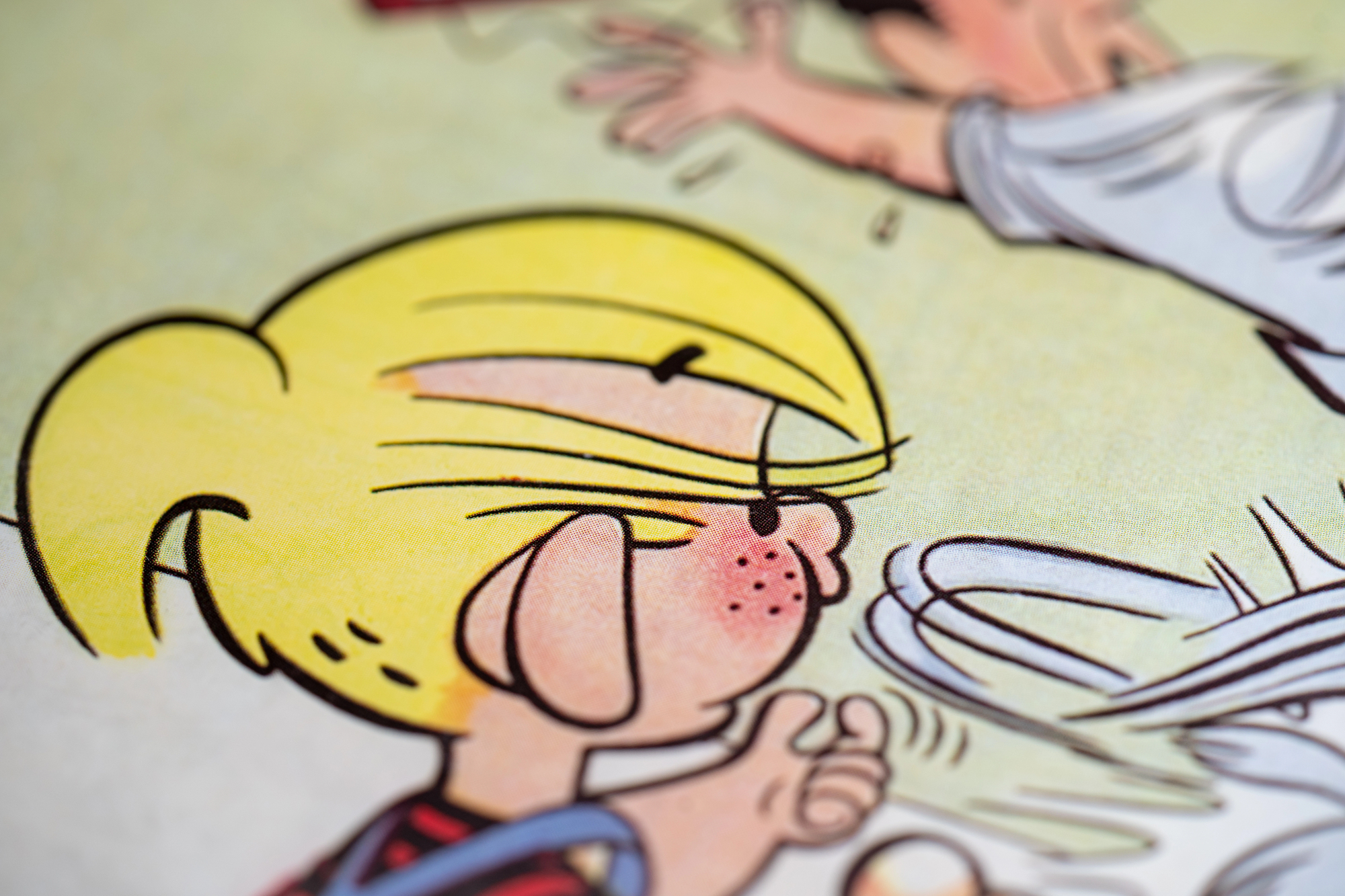
On March 12, 1951, two different comics called “Dennis the Menace” debuted—one in the US and one in the UK. Neither creator knew about the other, and both Dennis characters were based on their sons.
Hank Ketcham created the American Dennis, while the British Dennis was created by David Law for The Beano comic magazine. Though sharing a name and launch date, the characters were quite different—the American Dennis was a well-meaning troublemaker, while the British Dennis was more deliberately mischievous.
Both comics continue to this day, though they’ve never crossed paths officially.
Like Go2Tutors’s content? Follow us on MSN.
The Separated Twins

Twin boys, separated at birth and adopted by different families, were both named James by their adoptive parents. Both became law enforcement officers, married a woman named Linda, had sons named James Allan, and owned dogs named Toy.
The “Jim twins” case became a landmark study in the nature vs. nurture debate. Jim Lewis and Jim Springer discovered through a mix-up at a police department, were reunited at age 39. They discovered more parallels: both brothers had been nail-biters, suffered from tension headaches, drove similar cars, and vacationed at the same Florida beach.
Their case has been extensively studied by researchers investigating genetic influences on behavior.
The Three Suicide Brothers

Three brothers in Bermuda took their lives by riding into traffic—each in 1973, 1974, and 1975. Even more bizarre, they were all 23, all used the same intersection, and all hit a taxi driven by the same driver.
The Bermuda Royal Gazette documented each tragic incident. The first brother died in July 1973, followed by his brother in July 1974, and finally, the third brother in July 1975. The taxi driver, known only as Mr. Willowby in reports, retired from driving after the third incident.
The case remains one of the most disturbing examples of familial patterns in suicide and has been studied by mental health researchers.
The Hoover Dam Workers

The first person to die during the Hoover Dam’s construction was J.G. Tierney on December 20, 1922. The last person to die during construction was his son, Patrick Tierney, on December 20, 1935—exactly 13 years later.
J.G. Tierney fell from an intake tower while surveying for the dam’s preliminary work. His son, Patrick, drowned while working on the intake towers, trying to prevent the same kind of accident that killed his father.
Their deaths bookend the official dam worker fatality list of 96 people. A memorial at the dam site commemorates all workers who died during construction, with the Tierneys’ story highlighted as a particularly poignant example of the project’s human cost.
Like Go2Tutors’s content? Follow us on MSN.
The Merchant of Death Mix-up
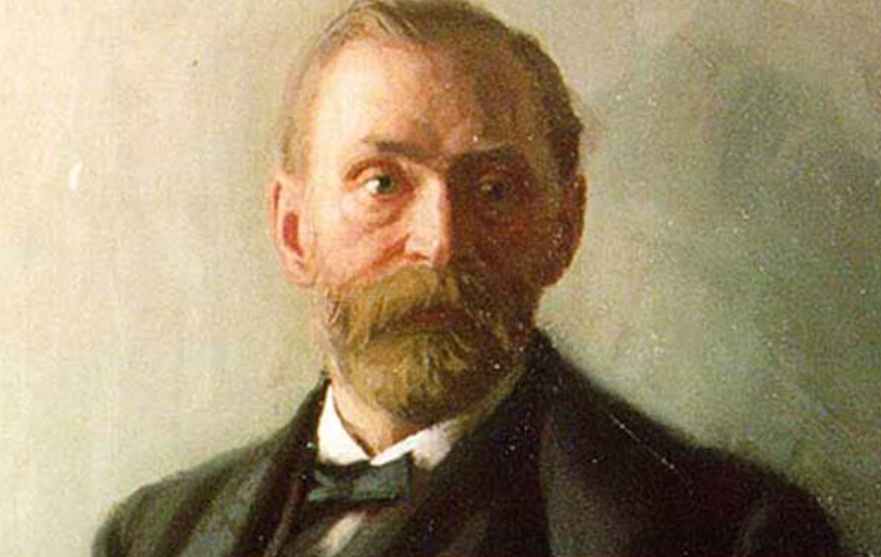
When Alfred Nobel’s brother died, a French newspaper accidentally published Alfred’s obituary instead, calling him a “merchant of death” for inventing dynamite. This mistake led Nobel to establish the Nobel Peace Prize.
The obituary read “Le Marchand de la mort est mort” (“The merchant of death is dead”) and went on to say, “Dr. Alfred Nobel, who became rich by finding ways to kill more people faster than ever before, died yesterday.” The impact of reading his premature obituary affected Nobel. He rewrote his will, setting aside the bulk of his wealth to establish the Nobel Prizes, ensuring his legacy would be one of peace and progress rather than destruction.
The Violin of the Titanic
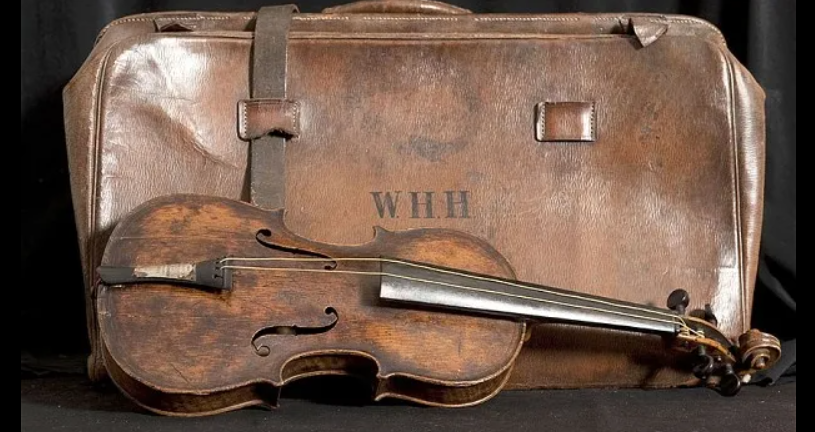
Wallace Hartley’s violin, played as the Titanic sank, was found in an attic in 2006. It had been gifted to him by his fiancée with the inscription “For Wallace, on the occasion of our engagement.” The ocean preserved this tragic love token for nearly a century.
The violin was authenticated through extensive testing, including CT scans and analysis of saltwater damage patterns. It sold at auction for $1.7 million in 2013, making it the most expensive piece of Titanic memorabilia ever sold.
Hartley’s fiancée, Maria Robinson, had received the violin after his body was recovered, and it remained with her family until its discovery. The instrument’s survival is particularly poignant given the famous story of the band playing “Nearer, My God, to Thee” as the ship sank.
The Double Earthquake Photo

A photographer taking pictures of the aftermath of an earthquake in China captured the exact moment another quake struck – 30 years to the day after the first one.
The photographer was documenting reconstruction efforts in Tangshan, the site of a devastating 1976 earthquake that killed over 240,000 people. While taking photos on July 28, 2006, another significant earthquake struck.
The resulting photograph shows both the preserved damage from the original quake and the new destruction occurring, creating a unique document of historical symmetry. The image became a powerful symbol of the city’s ongoing relationship with seismic activity.
Like Go2Tutors’s content? Follow us on MSN.
The Poe Prediction
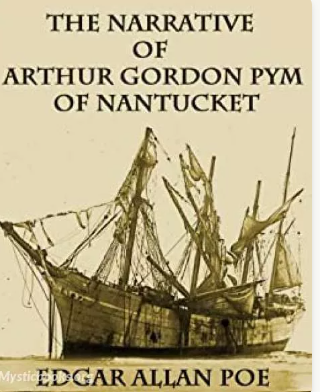
Edgar Allan Poe’s only novel, “The Narrative of Arthur Gordon Pym,” described four shipwrecked sailors who ate their cabin boy, Richard Parker. Forty-six years later, four shipwrecked sailors ate their cabin boy – named Richard Parker.
The real Richard Parker was a 17-year-old cabin boy aboard the yacht Mignonette when it sank in 1884. After 19 days adrift, the other crew members decided to kill and eat Parker, who was already near death from drinking seawater. The subsequent trial of the survivors became a landmark case in British law regarding the defense of necessity in murder cases.
Poe’s novel, written in 1838, contained so many similar details that some claimed it was evidence of precognition.
The Final Bullet
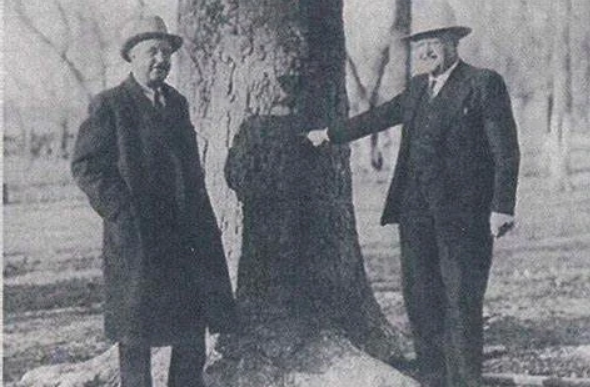
Henry Ziegland ended a relationship in 1883, causing his ex to take her own life. Her brother shot at Ziegland, missed, and the bullet lodged in a tree. Years later, Ziegland used dynamite to remove the tree, and the bullet finally found its mark.
The full story is even more remarkable. The brother, believing he had killed Ziegland, took his own life that same day. Ziegland lived normally for years until 1913, when he decided to clear his land using dynamite.
The explosion dislodged the bullet, which struck him in the head with lethal force. Local newspapers reported it as “justice delayed by 20 years.” The story became a favorite example of karma in Texas folklore.
The Book’s Journey
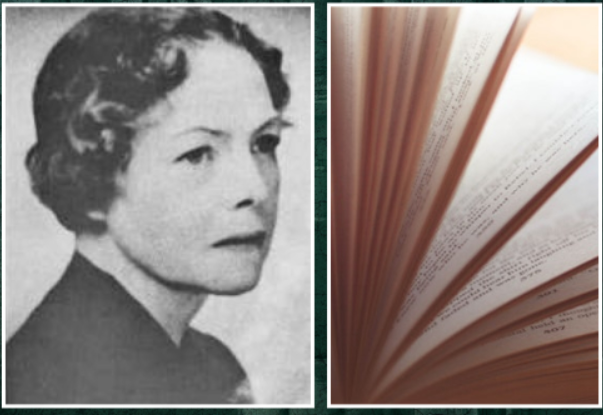
In 1920, an American woman dropped a book into the ocean off the coast of New Jersey. Eight years later, she found the same book in a bookshop in Italy. The universe doubles as a very slow postal service.
The woman, Anne Parrish, was browsing a bookstore in Paris when she found a copy of “Jack Frost and Other Stories,” her favorite childhood book. Opening it, she discovered her name written inside – it was the exact copy she had lost years before.
The book had somehow made its way across the Atlantic, through unknown hands, to end up in that specific shop on the day she visited. The story was verified by her companion that day and reported in several newspapers.
Like Go2Tutors’s content? Follow us on MSN.
The Royal Assassination Connection
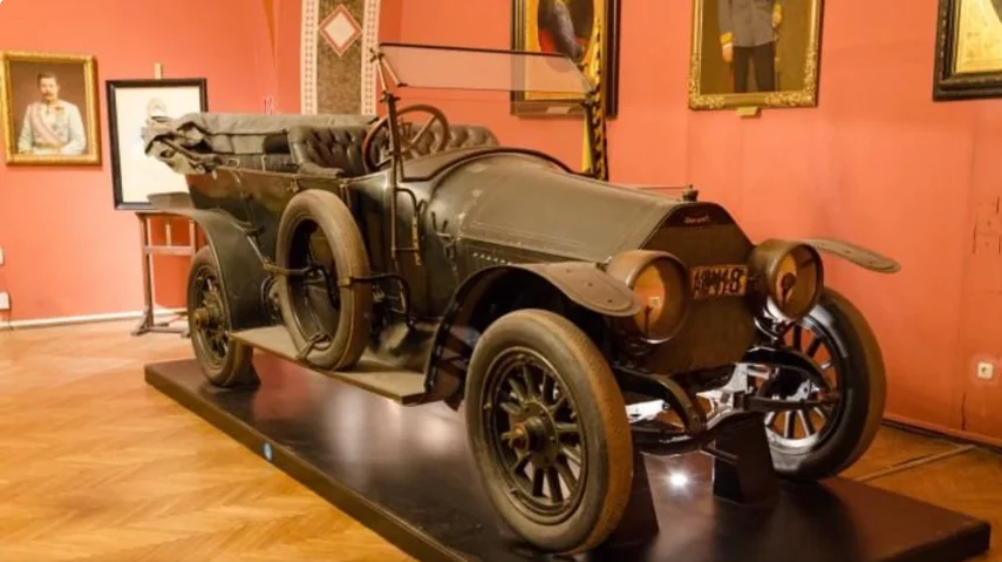
Archduke Franz Ferdinand’s car had the license plate number “A III 118,” – eerily matching the date the armistice would be signed ending WWI: 11/11/18. Some numbers carry more weight than others in the grand scheme of things.
The car’s registration wasn’t the only coincidence surrounding the assassination. The Archduke’s driver took a wrong turn and then stalled while trying to reverse, placing the car directly in front of assassin Gavrilo Princip, who had given up on his mission and was buying a sandwich.
The date of the assassination, June 28, 1914, was also the wedding anniversary of Franz Ferdinand and his wife Sophie, who died alongside him.
The Lightning Strike Survivor
Park ranger Roy Sullivan was struck by lightning seven times between 1942 and 1977, surviving all strikes. He became known as the “Human Lightning Rod,” though one imagines he would have preferred a less electrifying claim to fame.
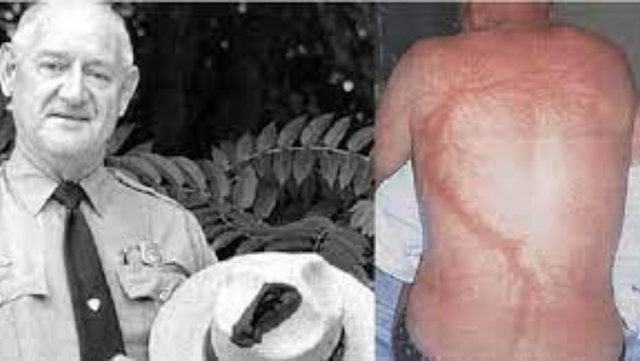
Sullivan’s encounters were all documented by the US National Park Service. The strikes hit him in various situations: in a fire tower, in his truck, in his yard, while patrolling, and more. He developed a fear of thunderstorms and began carrying a can of water to douse himself if struck again.
Each strike left him with injuries, from burned hair to singed eyebrows and various burns. The odds of being struck by lightning seven times are estimated at 1 in 10^28.
Beyond Coincidence
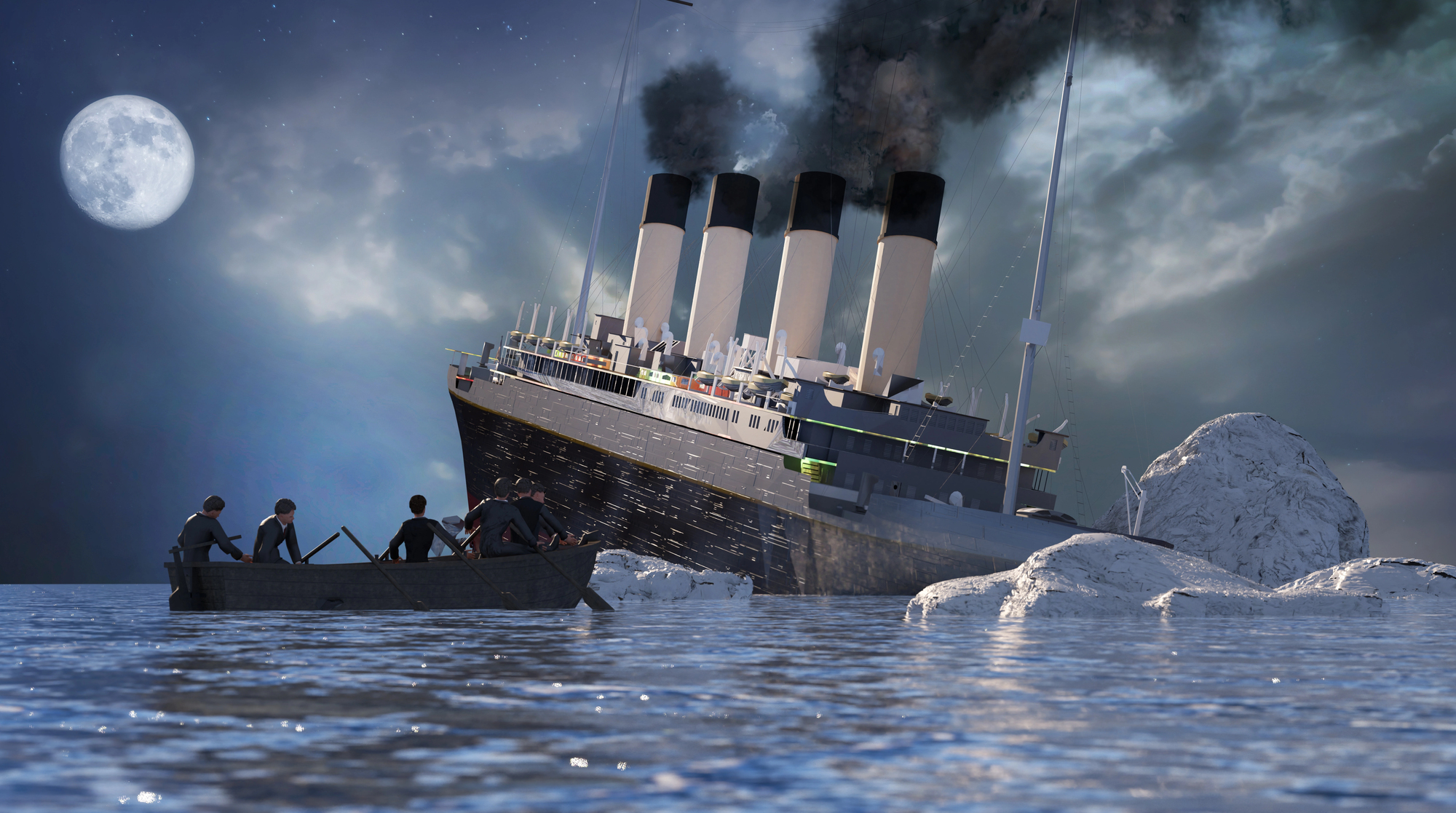
These historical coincidences remind us that sometimes, the most unbelievable stories are the ones that happened. In an age where we try to predict and control everything, these moments of pure chance show us that the universe still has a few surprises up its sleeve.
Next time someone tells you something is “too much of a coincidence to be true,” remember these tales. After all, in a world where twins can live parallel lives without meeting or lightning can strike the same person seven times, maybe nothing is too coincidental to be possible.
More from Go2Tutors!

- Famous Battles: How Much Do You Really Know About U.S. History?
- Top 5 Most Important Skills, According To Harvard Business School
- How Well Do You Know 90s Pop Culture? Take the Quiz
- Master the Art of Public Speaking with These Expert Tips
- Think You Know Capitals? Put Your Knowledge to the Test
Like Go2Tutors’s content? Follow us on MSN.



